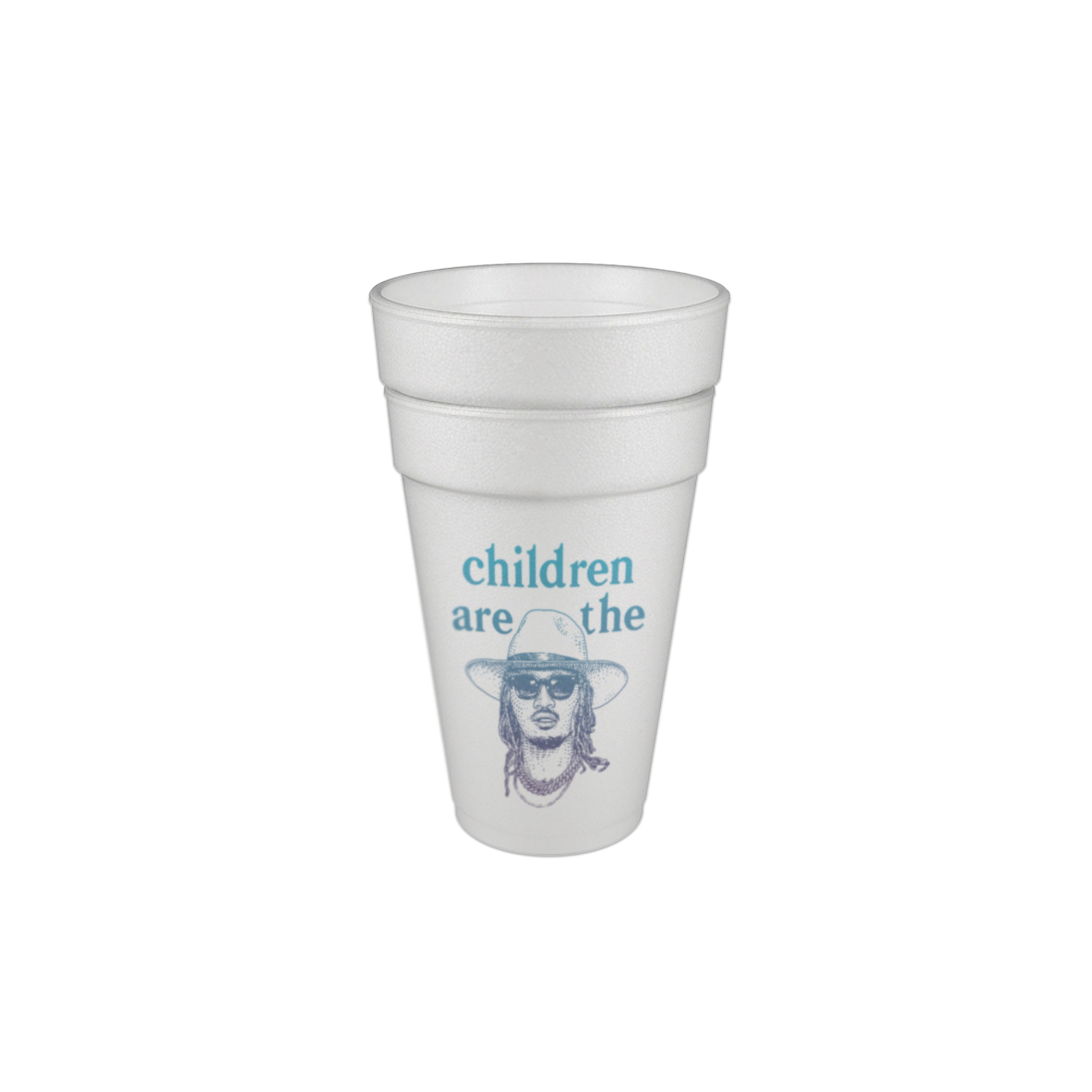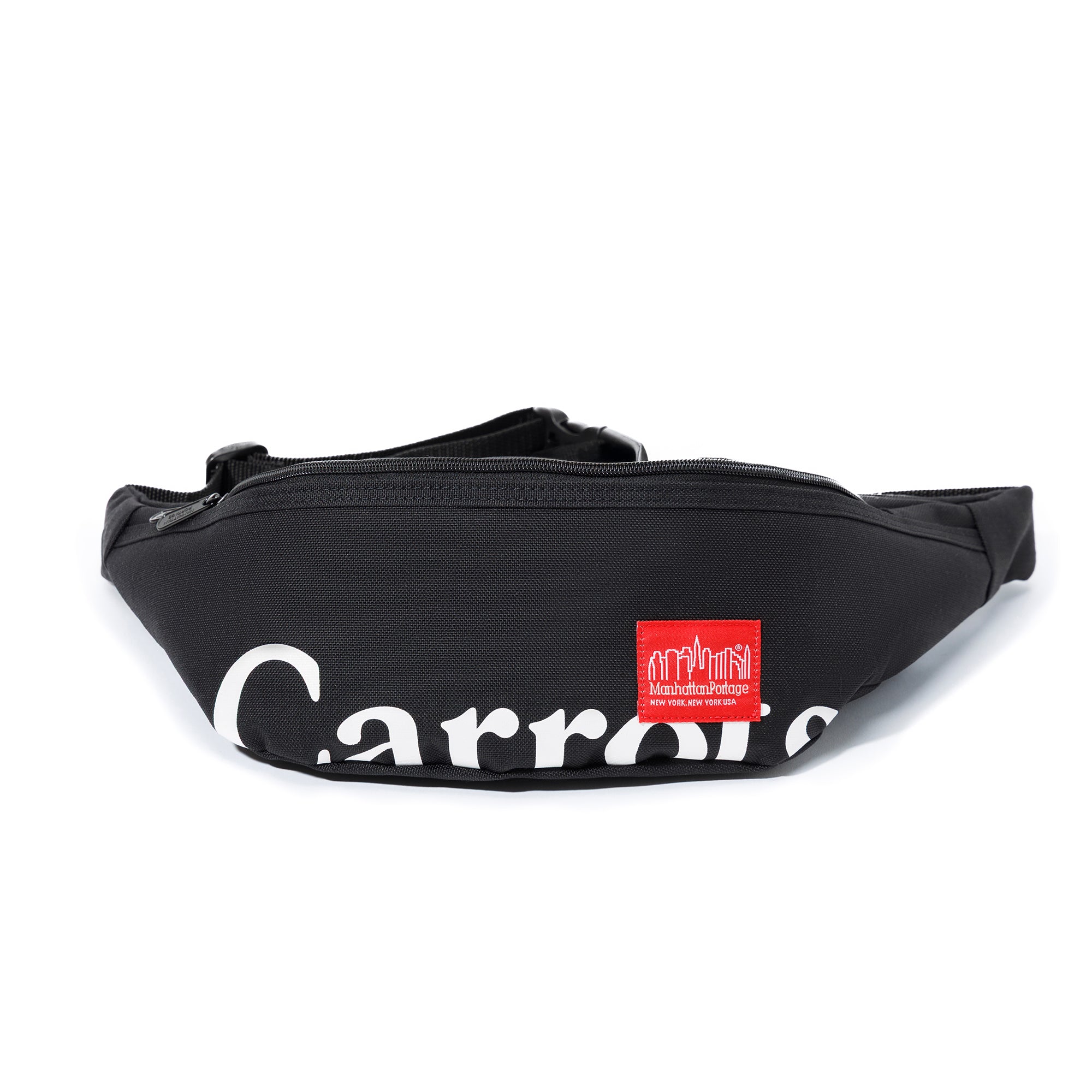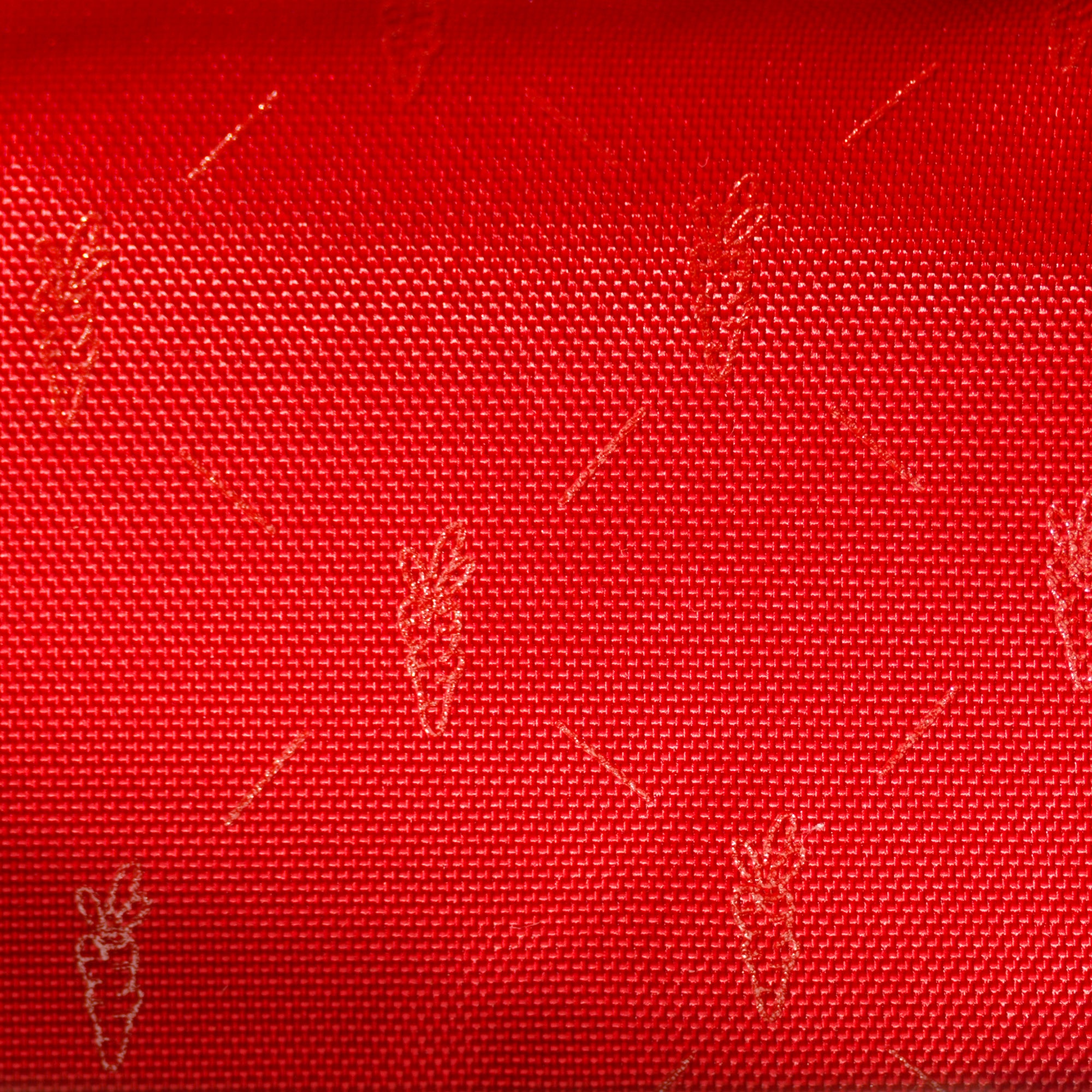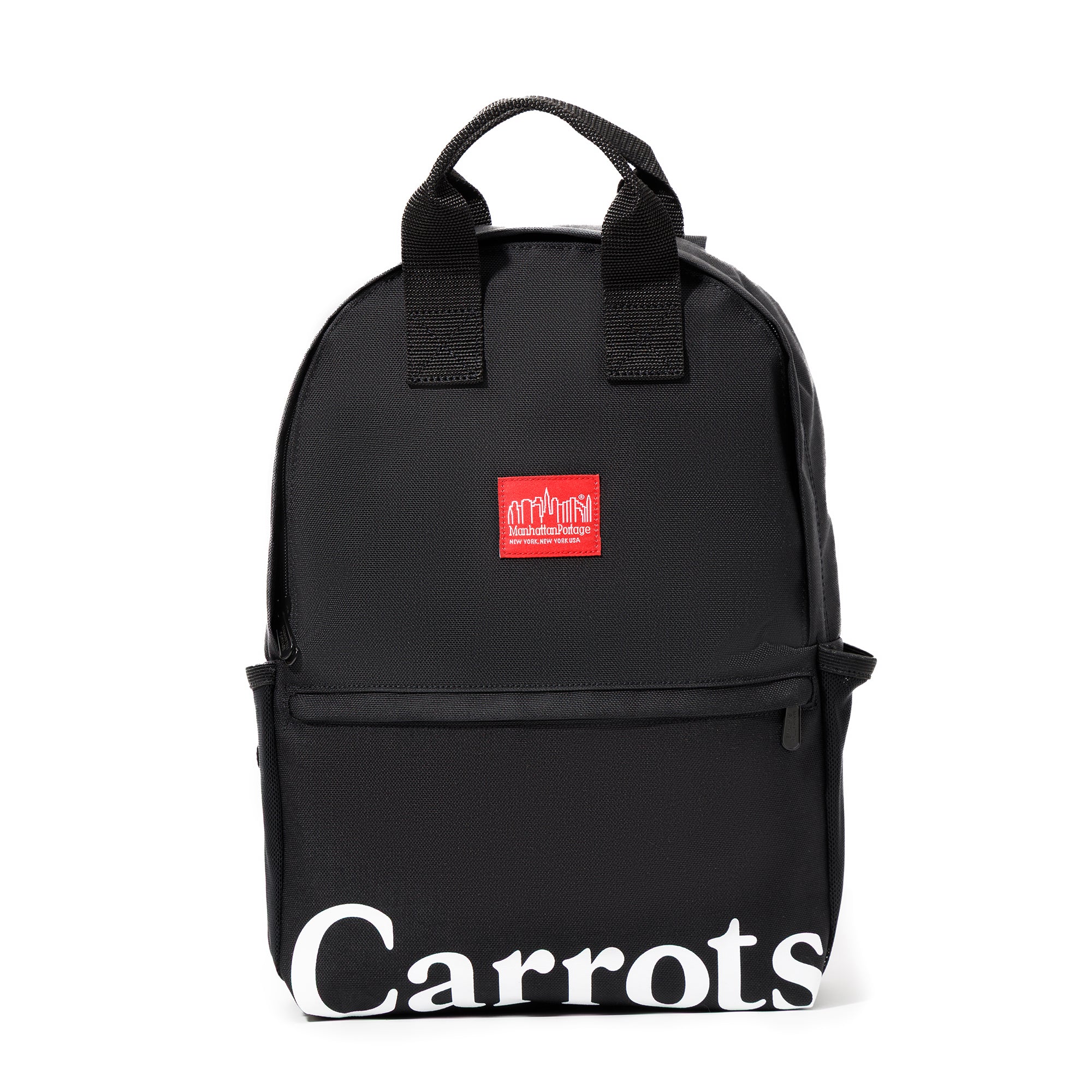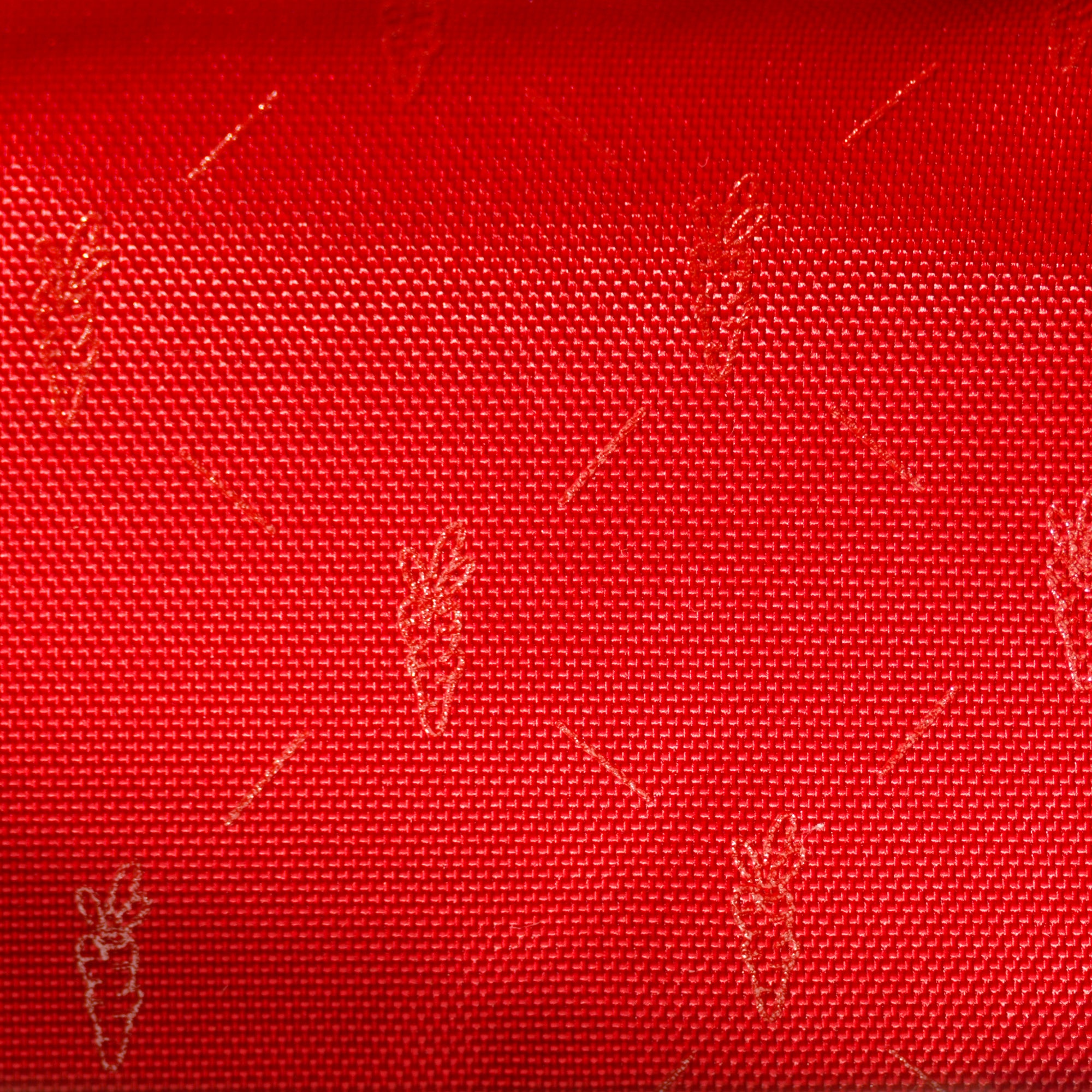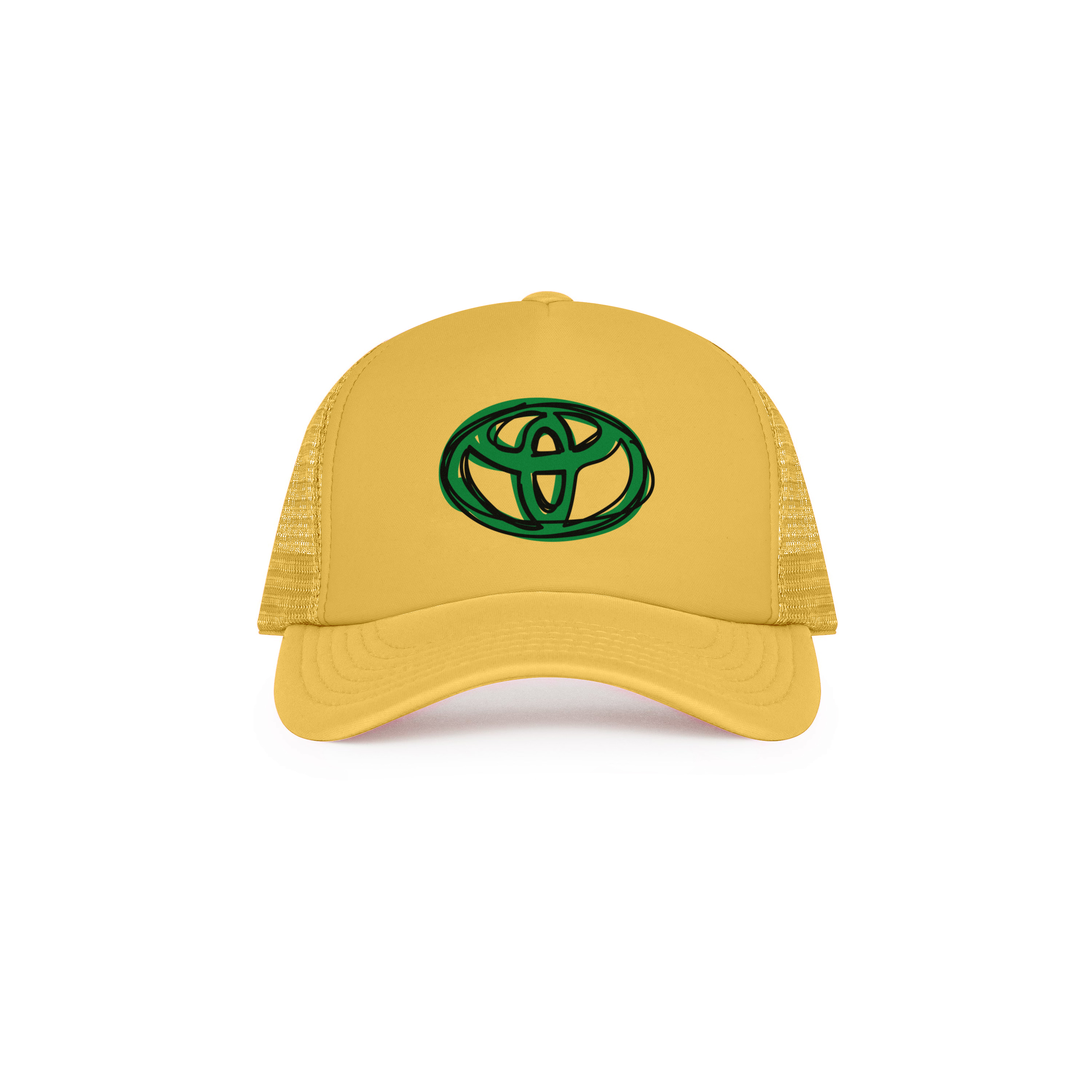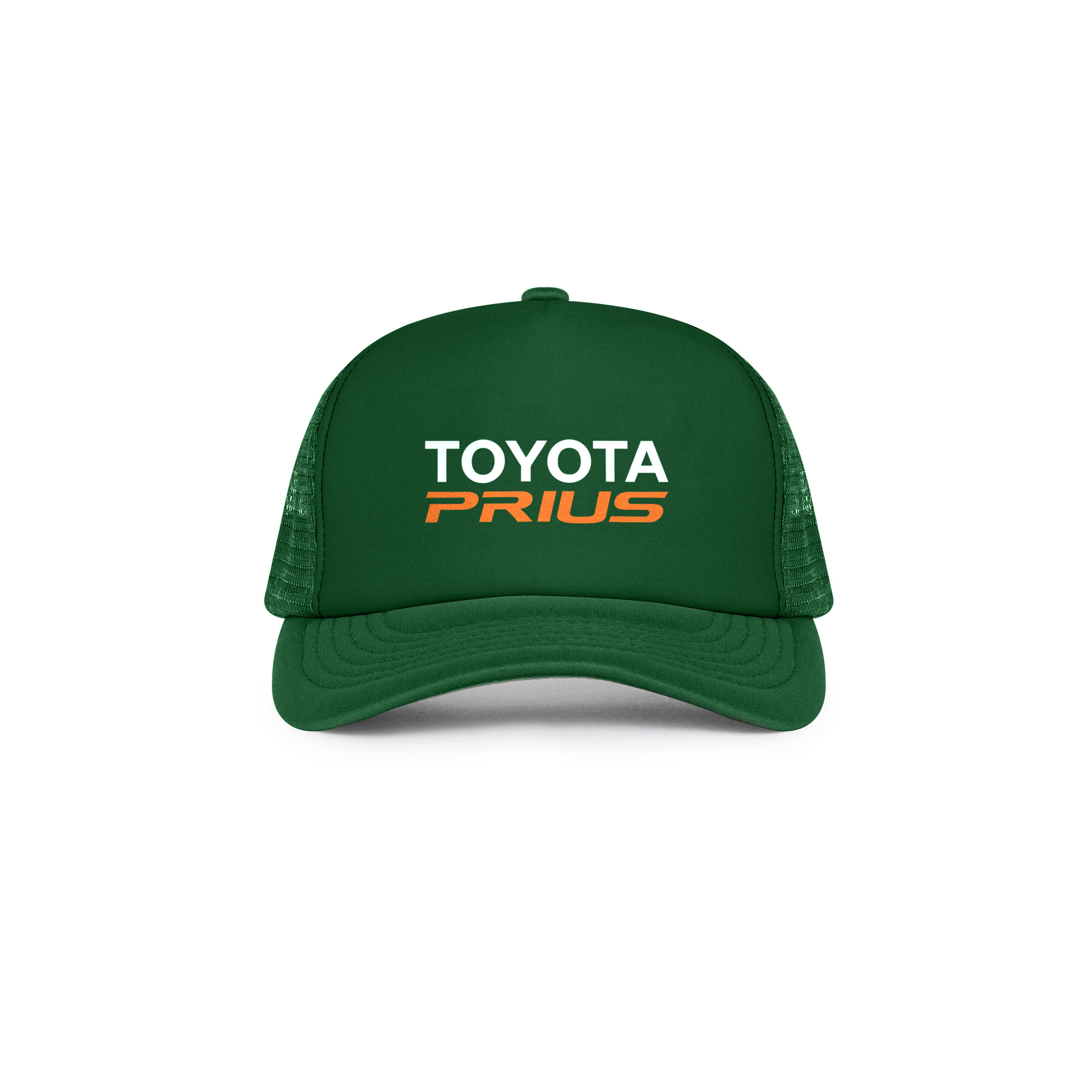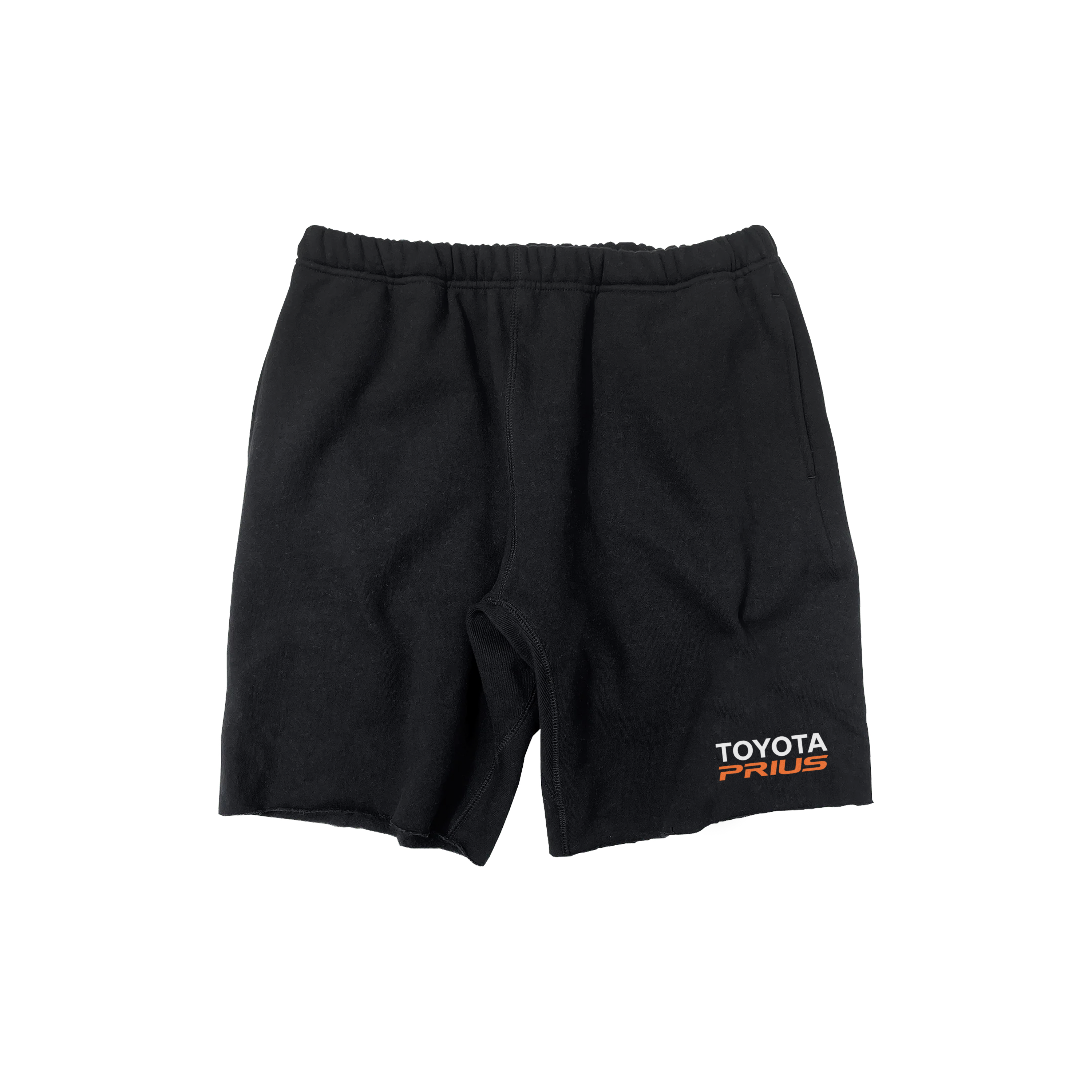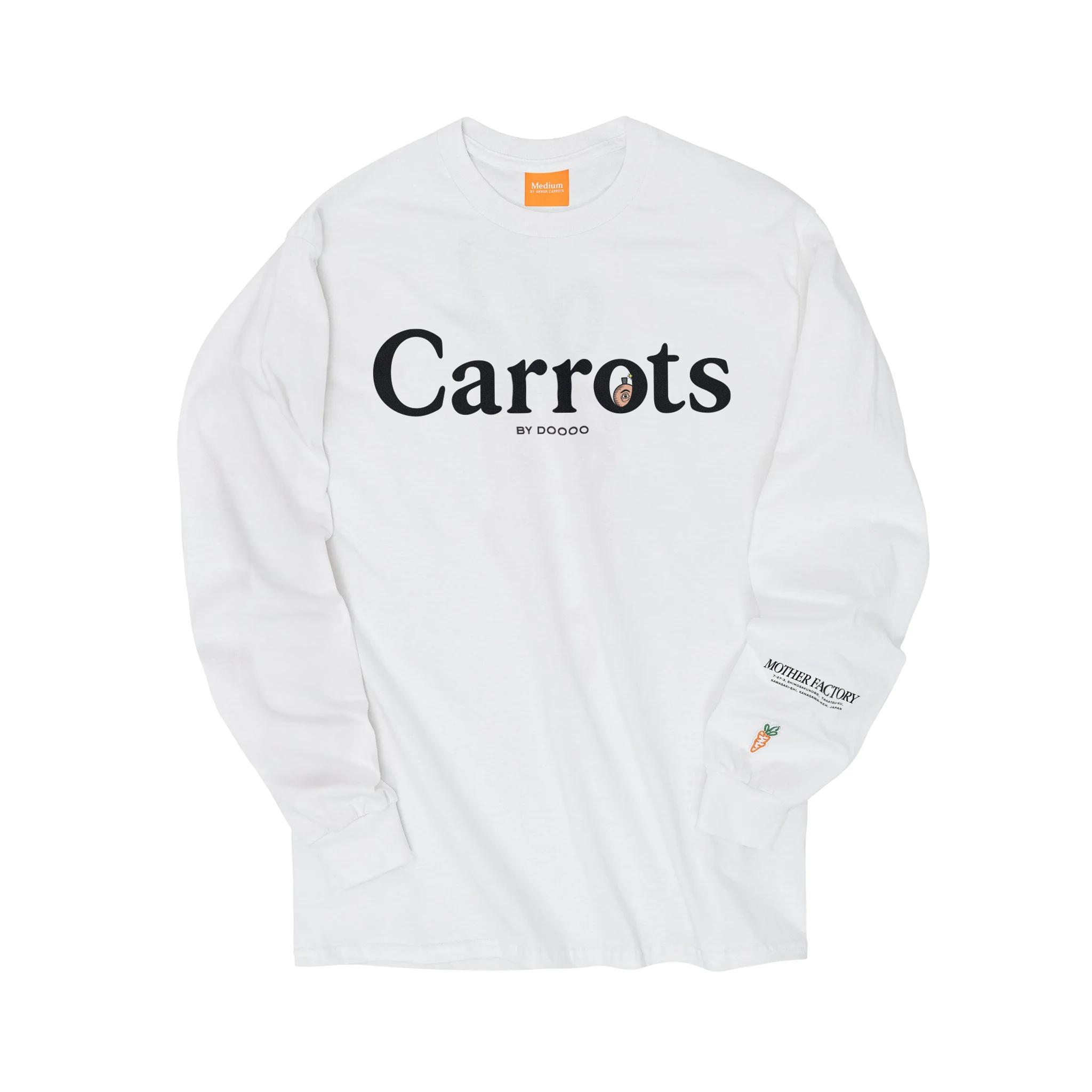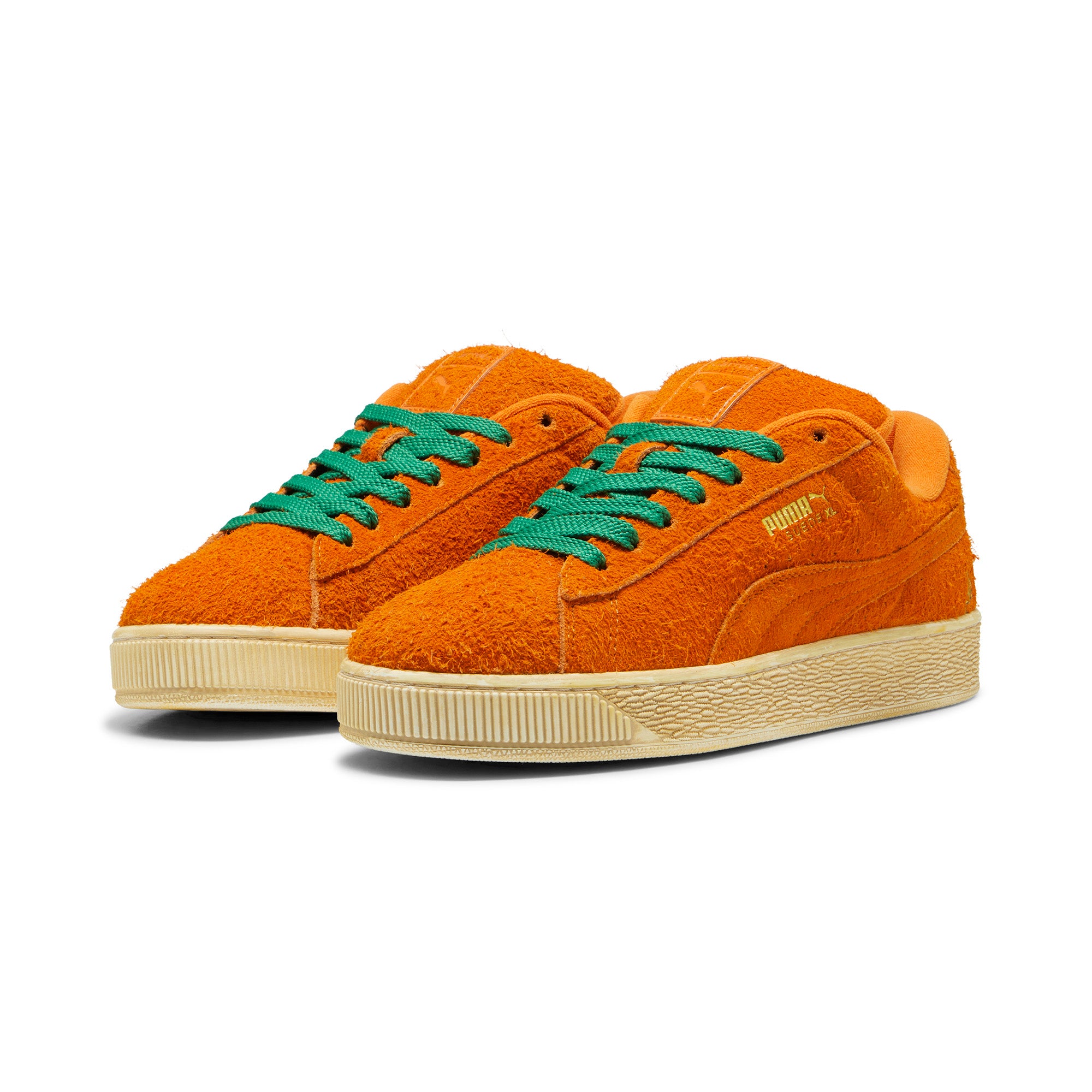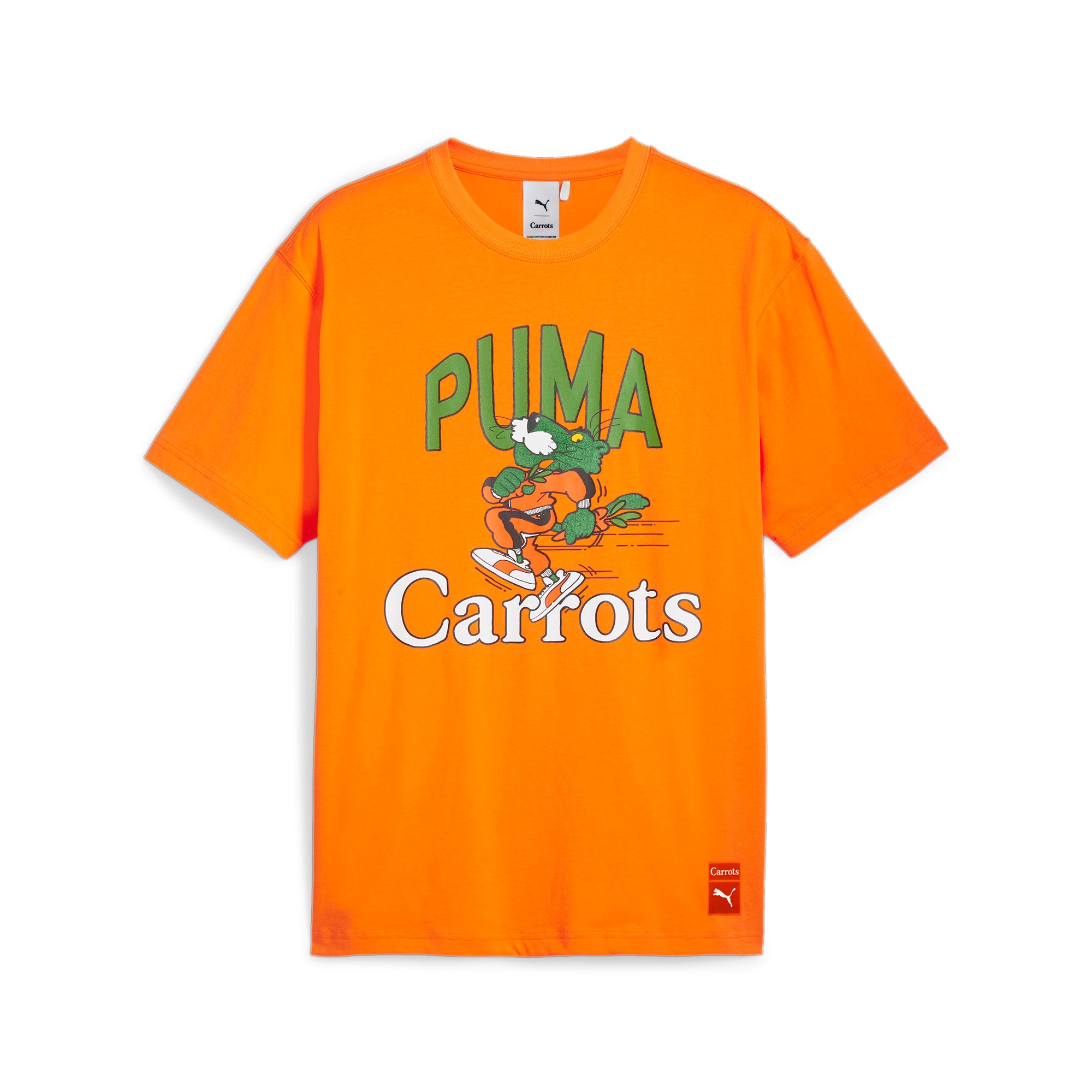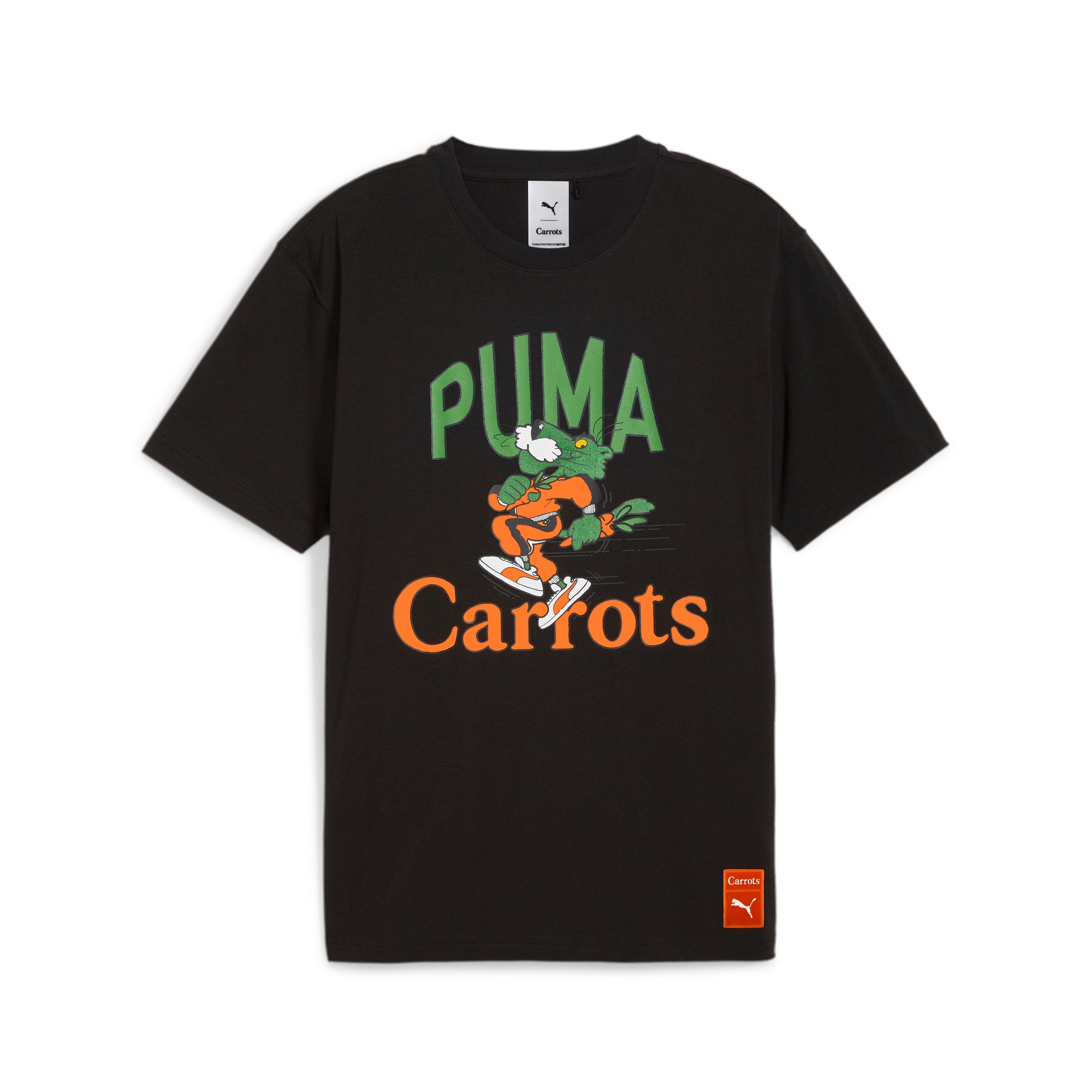
NEW YORK, United States — When the controversial young rapper...


NEW YORK, United States — When the controversial young rapper Tyler, The Creator won the award for Best New Artist at the 2011 MTV Video Music Awards in August, he offered an enthusiastic, yet expletive-laden acceptance speech. “Yo, I’m excited as fuck right now, yo,” he said. “I wanted this shit since I was nine. I’m about to cry.” But with MTV’s censors on high alert, the speech was broadcast more like this: “Yo, I’m excited as With the audio missing for about a minute straight to avoid any profanities and Federal Communications Commission (FCC) fines, viewers were left with no choice but to absorb Tyler’s image in mute. Clad in skinny dark jeans, an oversize tie-dye T-shirt with an image of a cat’s face on it, and a Supreme baseball hat with a leopard print brim, Tyler, who is 20 years old, was the only artist at the award show who could be said to actually embody how young people dress today. No outfit made from meat, no fancy three-piece suit with a cocked fedora, no oversize bling: Tyler looked exactly how certain young men at this very moment choose to wear their clothes on the streets all over the globe. It’s no coincidence that the only logo the image-conscious Tyler wished to communicate was the one on his Supreme hat. After all, Tyler’s hodgepodge street aesthetic – a big chunk of skateboard culture and urban hip-hop with a dose of American sportswear prep and a winking, intelligent take on hipster irony – is the one Supreme has been cultivating for the past 17 years since opening its first shop on Lafayette Street in 1994. The flashy sartorial sensibilities of, say, Russell Brand or Kanye West have mutated into their own category of sub-entertainment and, more often than not, their personal styles do not reflect the current vogue. So how then did the Supreme aesthetic finally become one of the most honest representations of how men choose to wear their clothes in the global mainstream today? It’s easy to answer that question if one concedes that Supreme currently makes some of the best clothes for men in America right now. And for a brand routinely overlooked by fashion publications and menswear experts as “skate clothes” or, perhaps even worse, just a fad in a niche subculture, this may come as something of a surprise. But can you blame the press for sleeping on it? For almost two decades, Supreme has existed in a cult-like bubble. Many of their short-run products have a blink-and-you’ll-miss-it shelf-life; you’ll pretty much never, ever receive an invite to some Supreme-sponsored open-bar fête (because they almost never happen); and unless you’ve been systematically tracking its product developments on the array of feverish blogs devoted to the brand, or know a mole on the inside who can text you when a new shipment has been delivered, you’ll miss out entirely. Starting with its swagger-filled moniker, the label certainly has built a colossal and often intimidating public aura. “The most important thing I think is the name – Supreme,” says the art photographer Ari Marcopolous, a frequent collaborator whose images have helped define the brand’s visuals, including having his work silkscreened on an assortment of sneakers for the label’s partnership with Vans. “Really, you cannot do much better than that.” Being sovereign – the supreme ruler of culture – is the brand’s unofficial mission statement; everything is appropriated, recontextualised and refitted in Supreme’s hands to be made better. (Not the least of which is the fire-truck red box logo ripped from the oeuvre of Barbara Kruger.) Chinos are constructed with military-grade reinforcement, hats are made with a sturdy square brim, and T-shirts are twice as thick. They’ve carefully chosen to cross-pollinate their homegrown image with unhip but timelessly macho brands like Hanes and The North Face, worked with blue-chip artists such as Jeff Koons and Christopher Wool for their art-deck series, and built ad campaigns around a motley crew of celebrities that have no direct connection to skateboarding, including Kermit the Frog, Mike Tyson and the pop star Lady Gaga. In fact, the brand’s biggest appropriation of all is the very idea of what a skate shop is – or isn’t. “I don’t see Supreme as a skate shop at all,” says Steve Rodriquez, the owner of 5boro Skateboards and one of the founding members of the New York City Skateboarding Association. “It started a whole new genre of store. To some people, it became like a religion.” Like most religions, James Jebbia, Supreme’s founder, is fiercely protective of his shop’s doctrine, its history, and of who is allowed to retell its myths. To him, most articles in the press about his brand get it all wrong. “All the magazines, if they’re being nice, just think we’re some cool little skate shop doing kick flips downtown,” Jebbia says. “They always write the same thing over and over.” Because of this belief system, Jebbia and his team are notoriously press shy. Although Jebbia is soft-spoken and quite generous (by the end our conversation he offered me a checkered North Face for Supreme hat that was no longer on the shelf at the store but still in stock), he is cautious and skeptical about the media and those who write for it. “If you don’t understand us, then what’s the point?” he huffs, referring chiefly to the confusion on how to treat the brand (is it an X-games label like Quicksilver and Billabong, or a legitimate small fashion label more similar to agnès B or A.P.C.) and, more troublingly, the frequent pigeonholing of skateboard culture within the fashion industry as just a passing fad, no different from big shoulders or neon colours. There are so few examples of stories about Supreme that Jebbia finds successful, he treats the chosen pieces like scripture that he is eager to share. The holy writ includes an interview with Glenn O’Brien from Interview magazine from 2009, a 1995 article from Vogue comparing the persnickety shopping habits of the uppity uptown women who peruse the racks at Chanel’s boutique on East 57th Street and the baggy-pants, bed-head boys who wait in line for hours at a time to shop at Supreme in SoHo; and of course, the 300-page retrospective of the brand released by Rizzoli last year (of which Mr. O’Brien wrote the introduction, and in which theVogue article was reproduced in full.) The message is clear: Supreme is sacred, and it’s sacrilegious to get the story wrong. “The fashion industry doesn’t understand Supreme,” says the stylist Andrew Richardson, who has helped facilitate several projects with the label, including a calendar with Larry Clark. “And that doesn’t bother James one bit. They want James out and about, paying for dinners and hosting parties. But he’s not. Fashion people want something that is uncomplicated and easy to digest – those are the opposite things James embraces. But really, at the end of the day, James doesn’t care. Why should he?” Hearing Jebbia talk about the press, you don’t get the impression that he is paranoid about being criticised or that he is tyrannical over what is written about his beloved brand. Most articles simply do not live up to the gold standard he has set for his label and himself, or the one expected from his fastidious customer-base. The impression is that most writers and publications are not worthy. “We always try to shoot for the very best and go for it,” he says. “Some people call that snobbery, I guess. But it’s not.” Indeed, selectivity and exclusivity are an integral part of the brand’s DNA. When the shop opened in 1994, it immediately became an epicentre for what Aaron “A-Ron” Bondaroff, the label’s front man, has called “train-hopping, taxicab-jumping, runaway kids.” And dudes from all over the city followed in reverence, often lining up for hours to be the first to score the latest products to come in, like candy-collared baseball caps or spacious bomber jackets with the Supreme logo shown discreetly on an outside tag. And even if you made it inside, the really real cool kids knew to ask for the hidden, in-the-know merchandise in the back storage room. Remembers Bondaroff: “The social club wasn’t so inviting, though, and had a lot of attitude. We made the rules and ran a business that was very successful. People were addicted to the clothes like a drug. We didn’t want to work so hard so we developed a sales style that worked in our favour. In the early days, it was like, come in, but don’t touch. You can look with your eyes, but not with your hands. It was a crazy way to sell garments but the customer learned the deal: don’t fuck with us and we won’t fuck with you.” The store was so cool, it was, well, scary. “I remember being so nervous walking past it, I would walk across the street,” says Jen Brill, a freelance creative director and “friend” of the brand since it’s inception, “even though a lot of the guys that worked in there were my friends. It was effective, though, and set an impeccable aura around the shop.” In an interview with the graffiti artist KAWS from the Supreme retrospective, Jebbia maintains that, even in his own tank, he too felt like a fish out of water: “There were 50 or 60 skaters who’d just hang out there. And right at that time, too, Larry Clark was filming Kids. For me, again, it wasn’t part of my world, but I knew it felt very rebellious. It felt right and I liked it.” Hiding out in the back room and letting the kids rule the roost allowed Jebbia to observe the natural habits and tendencies of his clientele, not unlike the objectivity achieved from a behavioural psychologist studiously taking notes behind a two-way mirror. He didn’t have to be a skateboarder at all, he just had to know what this new generation of skate kids wanted and what they weren’t getting anywhere else. Most importantly, Jebbia developed the cunning to anticipate what they needed next. If you’re too far in it, you can’t see outside. The distance from the lifestyle, conversely, gave Jebbia a sublime ability to understand how best to represent the lifestyle. “I think James is always thinking with a 25-year-old skateboarder somewhere in his mind with everything he does,” says Richardson.- -— -- -, yo. I wanted -- -- -- – —- --. - -— - --.”





